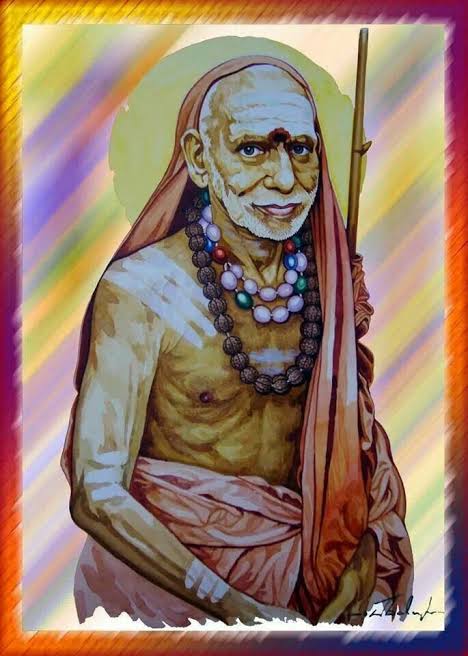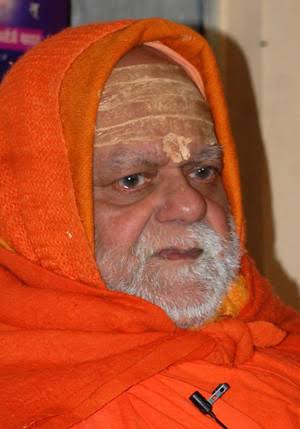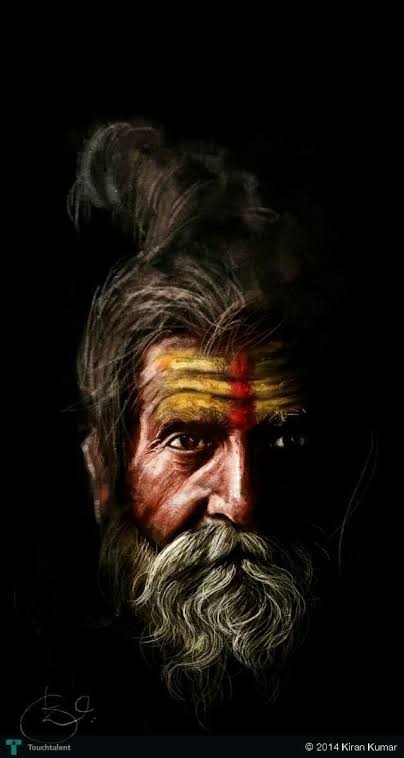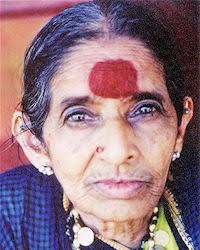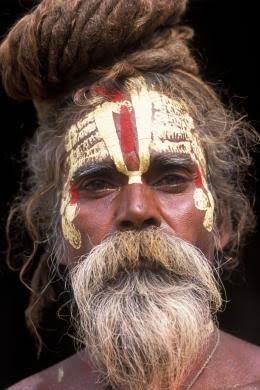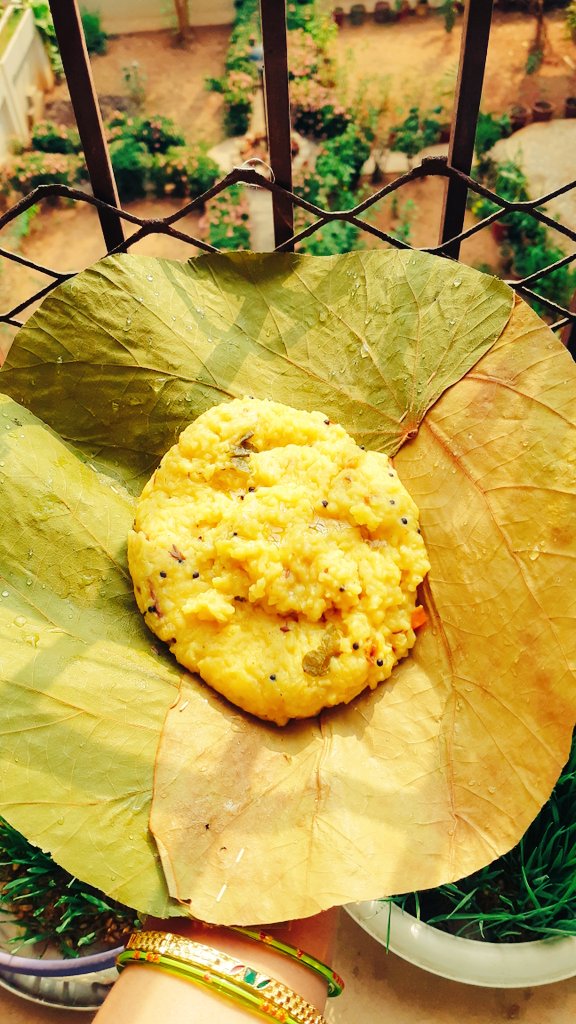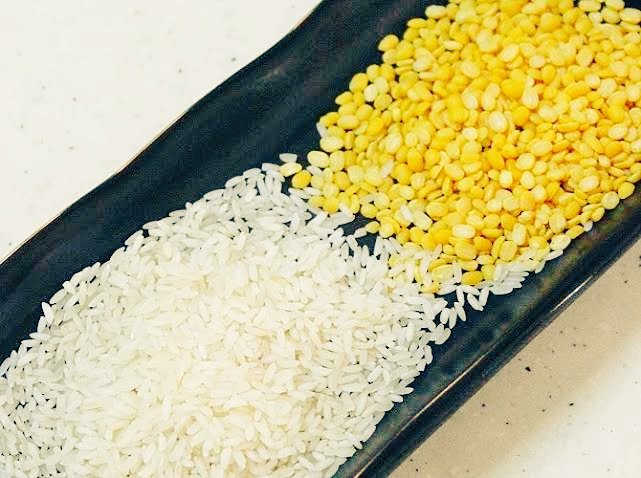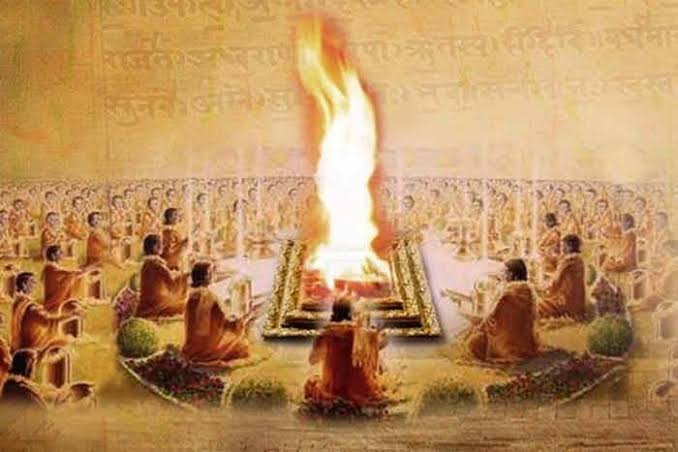
Thread on Types of Mantra:
1. Pallava Mantra
2. Yojan Mantra
3. Rodha Mantra
4. Para Mantra
5. Samputa Mantra
6. Vidarbha Mantra
There are other ways to classify mantra too but let's start with the above 6 types of it.
1. Pallava Mantra
2. Yojan Mantra
3. Rodha Mantra
4. Para Mantra
5. Samputa Mantra
6. Vidarbha Mantra
There are other ways to classify mantra too but let's start with the above 6 types of it.
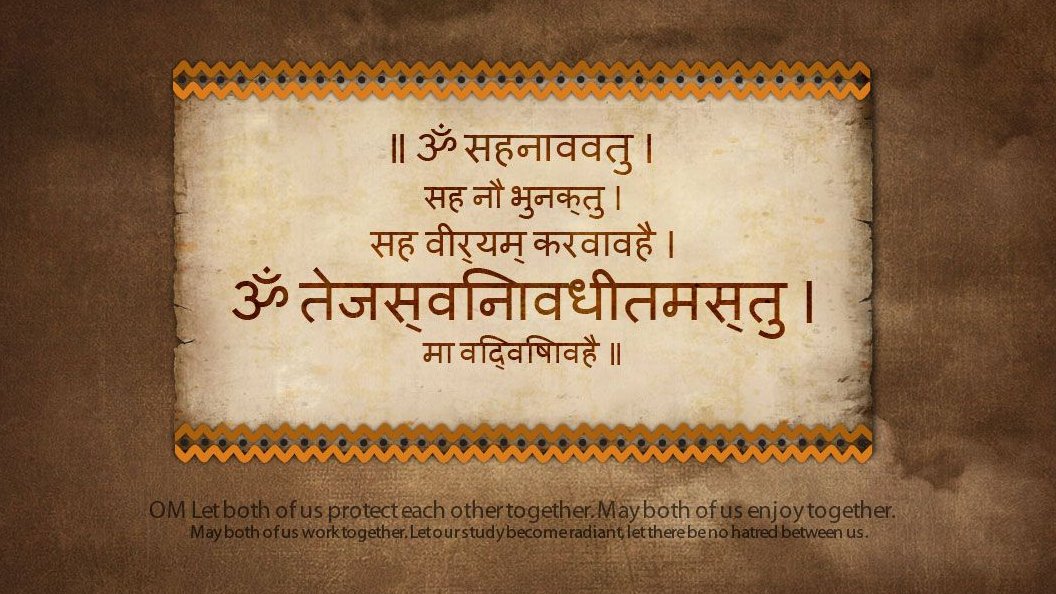
1. Pallava:
When a mantra explicitly contains the name of the person it's targeted at, it's called Pallava. Specific tantric prayogas, especially those used with the intentions to harm someone, are knows as pallava.
When a mantra explicitly contains the name of the person it's targeted at, it's called Pallava. Specific tantric prayogas, especially those used with the intentions to harm someone, are knows as pallava.
2. Yojan Matra:
When a mantra contains the name of the person but it is used to bring a positive change in the life of beneficiary, it is called Yojan mantra, It's used to bring calm, peace and prosperity.
When a mantra contains the name of the person but it is used to bring a positive change in the life of beneficiary, it is called Yojan mantra, It's used to bring calm, peace and prosperity.
3. Rodha Mantra:
When a mantra is appended in the beginning, middle or at the end of the name of the beneficiary of a mantra, it is called Rodha. It is used to pacify the planets, to appease fever and to rid the effects of poison.
When a mantra is appended in the beginning, middle or at the end of the name of the beneficiary of a mantra, it is called Rodha. It is used to pacify the planets, to appease fever and to rid the effects of poison.
4. Para Mantra:
When a mantra is designed to appended to every letter of the name of the beneficiary. it's called para mantra. its generally exclusively used in shanti-karma.
When a mantra is designed to appended to every letter of the name of the beneficiary. it's called para mantra. its generally exclusively used in shanti-karma.
5. Samputa Mantra:
When a name is enclosed within the confined of a mantra, it's called samputa.
In samputa the mantra is prefixed and suffixed to the name of beneficiary. it is primarily used in Krityas (negative karma). It is often used with the ignoble intention to harm.
When a name is enclosed within the confined of a mantra, it's called samputa.
In samputa the mantra is prefixed and suffixed to the name of beneficiary. it is primarily used in Krityas (negative karma). It is often used with the ignoble intention to harm.
6. Vidarbha Mantra:
When you put two letters of your mantra followed by two letters of the name of the beneficiary and follow this sequence till the letters of the mantra or till the name gets exhausted, it is called Vidarbha mantra.
When you put two letters of your mantra followed by two letters of the name of the beneficiary and follow this sequence till the letters of the mantra or till the name gets exhausted, it is called Vidarbha mantra.
Note : There are three main types of mantras, Bija (seed), Saguna (with form), and Nirguna (without form). We will talk about it sometime in the quoted tweet to this thread.
• • •
Missing some Tweet in this thread? You can try to
force a refresh


